Want to ski safely? It all starts with your DIN settings. These numbers on your ski bindings decide how easily your boots release during a fall - a critical factor in preventing injuries. Too low, and your skis might pop off mid-turn. Too high? They might not release when you need them to. Here’s the deal:
- What is DIN? It’s a standardized release force for ski bindings, measured in Newton-meters (Nm).
- Why it matters: Incorrect settings can lead to knee injuries, fractures, or ruined ski runs.
- How to find your DIN: It’s based on your weight, height, age, skiing ability, and boot sole length.
For hassle-free skiing, products like Snowfeet* skip DIN settings entirely, offering a simpler alternative to traditional ski gear. Whether you’re a beginner or a pro, understanding DIN is key to staying safe on the slopes.
What Are DIN Settings and How Do They Work?
DIN Settings Explained
DIN stands for Deutsches Institut für Normung, which translates to the German Institute for Standardization. These standards are now published by the International Organization for Standardization (ISO), creating a universal system that all ski binding manufacturers follow.
"It's a universal release value for bindings based on the amount of force a binding takes before it will release the ski boot from the binding. DIN is standardized as it is a measured value. Theoretically all bindings set with the same DIN should release with equal force applied."
- Couz
So, what exactly does that mean? DIN settings determine how much force is needed to release your ski boot from the binding. That number - whether it’s a 4, 7, or 10 - represents the torque, measured in Newton-meters (Nm), required for the release. For instance, a beginner male skier might use a DIN setting of 6 (194–271 Nm), while an advanced male skier could be around 8.5 (271–380 Nm). Even slight changes to these settings can significantly affect how the bindings perform.
Here’s how it works: the DIN setting adjusts the spring tension in the toe and heel pieces of your bindings. Under normal skiing conditions, this tension keeps your boot securely locked in, ensuring efficient energy transfer to your skis. But when excessive force is applied - like during a fall or an awkward twist - the binding releases your boot. This release mechanism is designed to reduce the risk of leg injuries.
Understanding how DIN settings work is crucial for staying safe and getting the most out of your skis. It’s all about finding the right balance between performance and protection.
Why Correct DIN Settings Matter
Getting your DIN settings right is all about striking a balance: keeping your boots securely locked in when you need them to be, but letting them release when necessary to prevent injuries.
"Some bindings are designed primarily with release in mind, while others are designed more for retention."
If your DIN settings are too low, your bindings might release too easily - like during aggressive turns or jumps - which could leave you in an unsafe situation on tricky terrain. On the flip side, settings that are too high can prevent the bindings from releasing when they should, increasing the risk of knee injuries, ankle sprains, or even fractures.
"Within a setting, we expect the boot sole to release within a certain torque range."
- Erik Anderson, winter sports sales director for Atomic and Salomon
Cameron Shute, senior product development engineer for G3, explains the importance of standardization:
"It puts it into black and white, for all manufacturers, what the loads are and the tolerance of the loads at which the bindings have to release at to pass safety standards."
Thanks to this standardization, bindings from brands like Rossignol, Atomic, Head, or Elan release with the same amount of force when set to the same DIN. However, calibrating these settings properly can be tricky, which is one of the challenges with traditional ski bindings.
Standard Ski Bindings vs. Snowfeet* Products
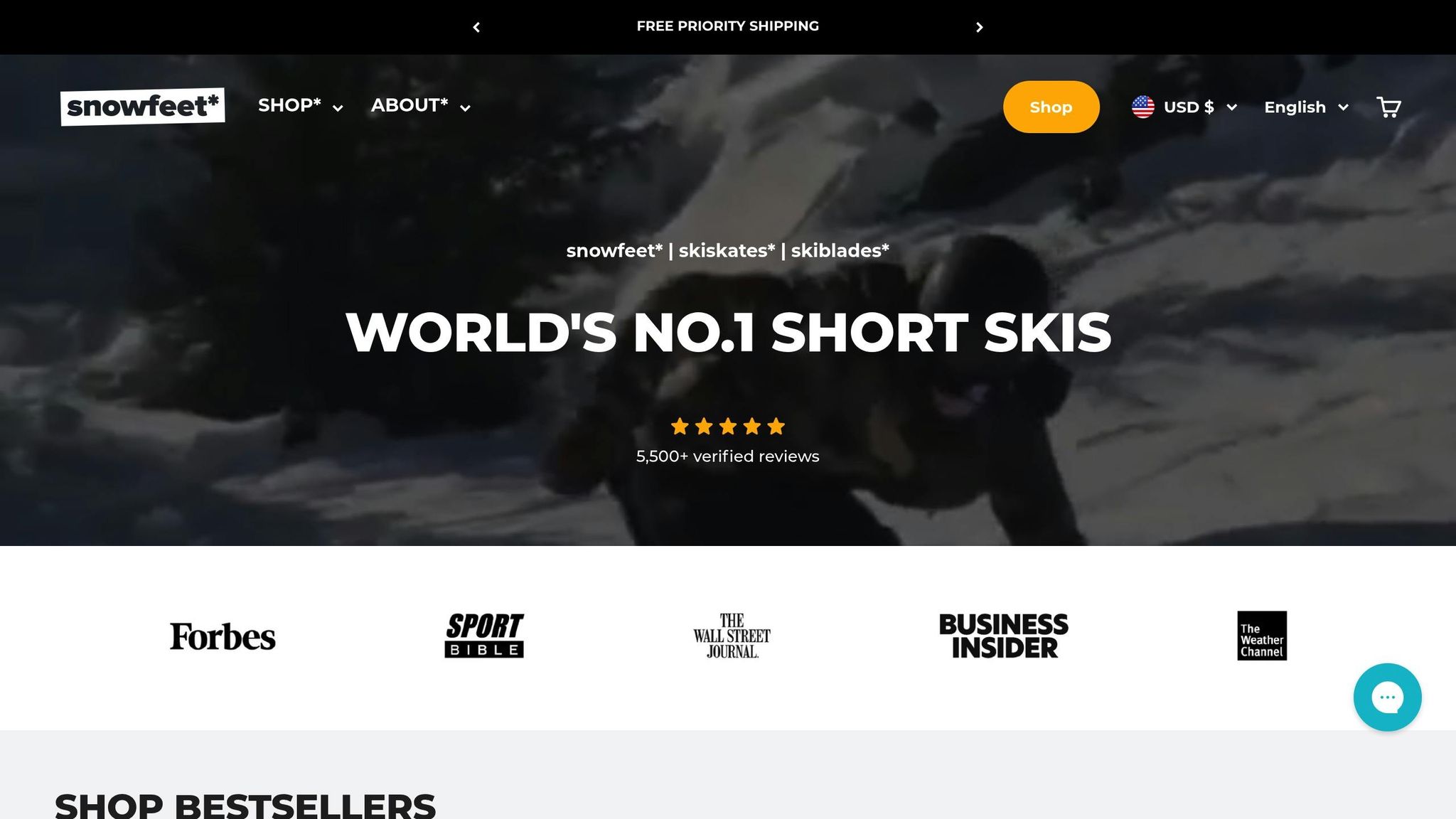
Traditional ski bindings need regular recalibration as factors like your weight, skiing ability, or even boot size change.
"Ski shops have the equipment to test that your binding is working correctly."
- Geoff Curtis, Marker's marketing vice president
Snowfeet* products, however, skip the hassle entirely. Instead of adjusting spring tensions or torque measurements, Snowfeet* Skiblades and Skiskates offer a simpler approach. There’s no need for recalibration. These products are designed to work seamlessly for a wide range of users, relying on natural movement and intuitive control to reduce the risk of injury.
For those who’d rather spend time enjoying the slopes than worrying about DIN settings, Snowfeet* provides a simpler, stress-free alternative to traditional ski equipment from brands like Rossignol, Atomic, Head, and Elan. This streamlined design makes it easy to see why Snowfeet* stands out as a game-changer in winter sports gear.
What Is DIN & How To Adjust It! Ski Bindings Tutorials
How to Find the Right DIN Setting for You
Getting your DIN setting just right is key to safe and enjoyable skiing. Here's how to figure out the correct setting for your needs.
What Affects Your DIN Setting
Your ideal DIN setting depends on several factors: weight, height, skiing ability, age, and boot sole length. Generally, taller, heavier, or more advanced skiers require higher settings, while beginners, younger or older skiers, and those with longer boot soles usually need lower settings. Why does this matter? An incorrect DIN setting can cause your bindings to release too easily - or worse, not release when they should, increasing your risk of injury.
Using DIN Charts and Calculators
DIN charts and online calculators make it easier to find your starting point. These tools take into account your weight, height, age, skiing level, and boot sole length to suggest the right release force. When using a DIN calculator, you'll typically input details like:
- Skier type (beginner, intermediate, or advanced)
- Weight
- Height
- Age
- Boot sole length
Similarly, DIN charts visually map out weight and ability to suggest a setting. Here's a quick example:
| Weight (lbs) | Height (ft/in) | Boot Sole Length (mm) | Beginner | Intermediate | Advanced |
|---|---|---|---|---|---|
| 99–108 | 4′10″–5′0″ | 251–270 | 2.0 | 2.5 | 3.0 |
| 110–130 | 5′1″–5′2″ | 271–290 | 2.5 | 3.0 | 3.5 |
| 132–152 | 5′3″–5′4″ | 291–310 | 3.0 | 3.5 | 4.0 |
| 154–174 | 5′5″–5′6″ | 311–330 | 3.5 | 4.0 | 4.5 |
| 176–196 | 5′7″–5′8″ | 331–350 | 4.0 | 4.5 | 5.0 |
| 198–218 | 5′9″–6′0″ | 351–370 | 4.5 | 5.0 | 5.5 |
| 220+ | 6′1″+ | 371+ | 5.0 | 5.5 | 6.0 |
It's important to remember that these tools are just a starting point. A professional ski technician should always verify your settings. As Geoff Curtis, Marker’s marketing vice president, puts it:
"Ski shops have the equipment to test that your binding is working correctly."
How to Adjust DIN Settings on Standard Bindings
Adjusting DIN settings on traditional bindings isn’t something to take lightly - it requires the right tools and a bit of know-how. Most bindings need a Pozi #3 screwdriver (or Pozi #2 for some models) . Some bindings, like Salomon, Atomic, Armada, and Look Pivot, may need a flathead screwdriver for heel adjustments, while PX18 race bindings often require a hex key.
Before making adjustments, inspect your bindings for any damage. Damaged bindings should always be repaired or replaced by a professional. Once you're sure the bindings are in good condition, adjust both the toe and heel pieces to match your calculated DIN. Be sure to check forward pressure and toe height for proper alignment. Precise adjustments are critical to avoid mis-releases .
As a binding specialist from Ski Exchange explains:
"The proper binding of your ski boots to your skis is fundamental to allow you to ski safely and ski with the best technique that you can."
DINCalculator.com also stresses the importance of professional help:
"Setting your ski bindings to the correct release setting is essential for your safety. It would be best if you always had your bindings checked and adjusted by a professional ski technician."
For many skiers, the complexity of adjusting traditional bindings has led to interest in simpler alternatives. Traditional bindings from brands like Rossignol, Atomic, and Head require regular recalibration and fine-tuning. Meanwhile, products like Snowfeet* simplify the process entirely, offering a hassle-free setup that skips the technical adjustments.
sbb-itb-17ade95
Snowfeet* vs. Standard Ski Bindings: A Clear Advantage
Let’s face it, traditional ski gear can feel like a hassle. Adjusting DIN settings, measuring boot lengths, and dealing with all the technicalities - it’s a lot. That’s where Snowfeet* comes in. These little wonders ditch the complexities of traditional ski equipment from brands like Rossignol, Atomic, and Head, offering a simpler, more user-friendly alternative.
Comparison: Snowfeet* vs. Standard Ski Bindings
Here’s a quick side-by-side look at how Snowfeet* stacks up against traditional ski setups:
| Feature | Snowfeet* Skiblades & Skiskates | Standard Skis (Rossignol, Atomic, etc.) |
|---|---|---|
| Binding Adjustment Needed | No | Yes |
| Skill Level Required | All (easy learning curve) | Beginner to expert |
| Safety Setup | Simple (no DIN to set) | Complex (requires precise DIN setting) |
| Portability | Extremely high (compact, lightweight) | Low to moderate |
| Footwear Compatibility | Regular winter shoes, snowboard boots, ski boots | Ski boots only |
| Professional Setup Required | No | Recommended |
| Recalibration Needed | Never | Seasonally or after changes |
With Snowfeet*, you can skip the ski shop visits and all those tedious adjustments. Just strap them on and you’re ready to hit the slopes - no DIN charts, no measuring, no stress.
Why Snowfeet* Eliminates DIN Settings
The magic of Snowfeet* lies in their straightforward design. Unlike traditional skis with complex release mechanisms, Snowfeet* uses a simple setup that works with your body’s natural movements. Their shorter lengths - ranging from 38 cm for Snowfeet* Mini Ski Skates to 99 cm for Skiblades - reduce the leverage and torque that typically require DIN-calibrated bindings.
Made from lightweight plastic, Snowfeet* products are durable yet flexible, offering a safe and comfortable ride. Unlike traditional skis with wood cores and metal edges, which can feel unwieldy, Snowfeet* feels intuitive and easy to control. This design means you can spend less time learning and more time enjoying the slopes.
More Benefits of Snowfeet* Products
Snowfeet* isn’t just about simplicity - it’s about versatility and convenience. You can use them almost anywhere: hiking trails, sledding hills, or even your backyard. No need to stick to designated ski slopes.
Portability is another game-changer. Snowfeet* products are compact enough to fit in a backpack, making them perfect for spontaneous trips or vacations without the hassle of bulky ski bags and roof racks. Try doing that with a pair of Rossignol skis!
And let’s talk about footwear. While Skiskates work with ski or snowboard boots, the regular Snowfeet* models can be used with any winter shoes. No need to drop extra cash on specialized boots.
The ease of use is a big hit with users, too. With over 5,500 verified reviews averaging 4.9/5 stars, Snowfeet* has won fans across the board. Andrew B. raves:
"These skiblades are so much fun and easy to control. Never going back to regular skis."
Nathan F. adds:
"Absolute game-changer! They're light, fast, and incredibly fun to ride."
Snowfeet* products are designed for everyone, regardless of age or skill level. Most ski resorts welcome them, so you’re not limited in where you can go.
While brands like Head, Atomic, and Rossignol continue to refine their technical systems, Snowfeet* has taken a refreshing approach - putting fun, safety, and accessibility front and center. It’s snow sports, simplified.
Conclusion: Simplify Your Winter Sports with Snowfeet*
Traditional ski bindings often come with a long list of technical requirements - DIN settings, professional adjustments, and more. Snowfeet* flips the script, offering a solution that ditches all that complexity.
With over 5,500 verified reviews and fans ranging in age from 5 to 105, Snowfeet* proves that winter sports don’t have to be complicated. Starting at just $150-$490, these compact skates are compatible with your regular winter boots, fit neatly into a backpack, and require zero setup. Compare that to the cost and hassle of traditional ski gear, and it’s easy to see why so many people are making the switch.
Snowfeet* also breaks free from the limitations of traditional skis. Instead of being confined to ski slopes, you can explore hiking trails, sledding hills, or even your own backyard.
"Long enough to ski, short enough to skate. Easy to Learn and Use. Strap in and ride – no lessons needed." - Snowfeetstore.com
Thousands of users back this up. Plus, with free shipping to most countries and delivery in just 3–5 business days, you could be on the snow by this weekend.
Whether you go for the ultra-portable 38 cm Mini Ski Skates or the 99 cm Skiblades for a more classic skiing vibe, Snowfeet* delivers a simple, versatile, and fun winter sports experience. Why stick with the old way - fiddling with bindings and calculations - when you can have an easier, more enjoyable option? Snowfeet* makes winter sports accessible, safe, and just plain fun.
FAQs
How can I find the right DIN setting for my ski bindings?
Determining the right DIN setting for your ski bindings is a key step to staying safe and performing well on the slopes. This setting is based on a mix of factors, including your weight, height, age, skiing ability, and the length of your boot sole. Getting it right ensures that your bindings release when they should during a fall, helping to minimize injury risks.
While DIN charts and online calculators can give you a general idea, it’s always a smart move to have your bindings adjusted by a certified ski technician. They’ll make sure everything is dialed in properly. Generally, beginners or lighter skiers will need lower DIN settings for easier release, while advanced skiers or those who are heavier might require higher settings to keep their skis securely in place.
If you're using Snowfeet gear like Skiblades or Skiskates, you’ll appreciate the simplicity of their design, which doesn’t use traditional bindings. That said, making sure your equipment is properly adjusted for safety is still crucial for a smooth and controlled ride.
What happens if my ski binding DIN settings are incorrect?
Incorrect DIN settings on ski bindings can seriously up your chances of getting hurt. If the settings are too high, your bindings might not release when you fall, which could lead to nasty injuries like sprains or even fractures. On the flip side, if the settings are too low, your bindings might pop off too easily, leaving you vulnerable to unexpected falls and a lack of control on the slopes.
To stay safe and ski at your best, it’s crucial to adjust your DIN settings based on things like your weight, skill level, and skiing style. Traditional ski bindings from brands like Rossignol or Atomic demand careful calibration to get this right. But here’s the cool part - Snowfeet products like Skiblades and Skiskates make things way simpler. They skip the need for traditional DIN settings altogether, offering better control and a smoother, safer experience for skiers, no matter their skill level.
How are Snowfeet products safer and easier to use compared to traditional ski bindings?
Snowfeet gear is all about lightweight, compact designs paired with simple, secure bindings. This makes them a breeze to use compared to the heavier, more complex bindings you’d find with brands like Rossignol or Atomic. They skip the intimidating setup and focus on keeping things straightforward, which is perfect for beginners or anyone who just wants to hit the slopes without overthinking it.
Their bindings are designed with safety in mind, cutting down the chances of those pesky pre-release accidents. Plus, they’re all about making skiing more approachable and fun. With a focus on control and comfort, you can enjoy your time on the snow without stressing over tricky adjustments or gear that doesn’t cooperate. Whether you’re new to skiing or just want a no-fuss option, Snowfeet is all about making your experience smooth and enjoyable.







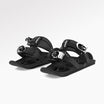













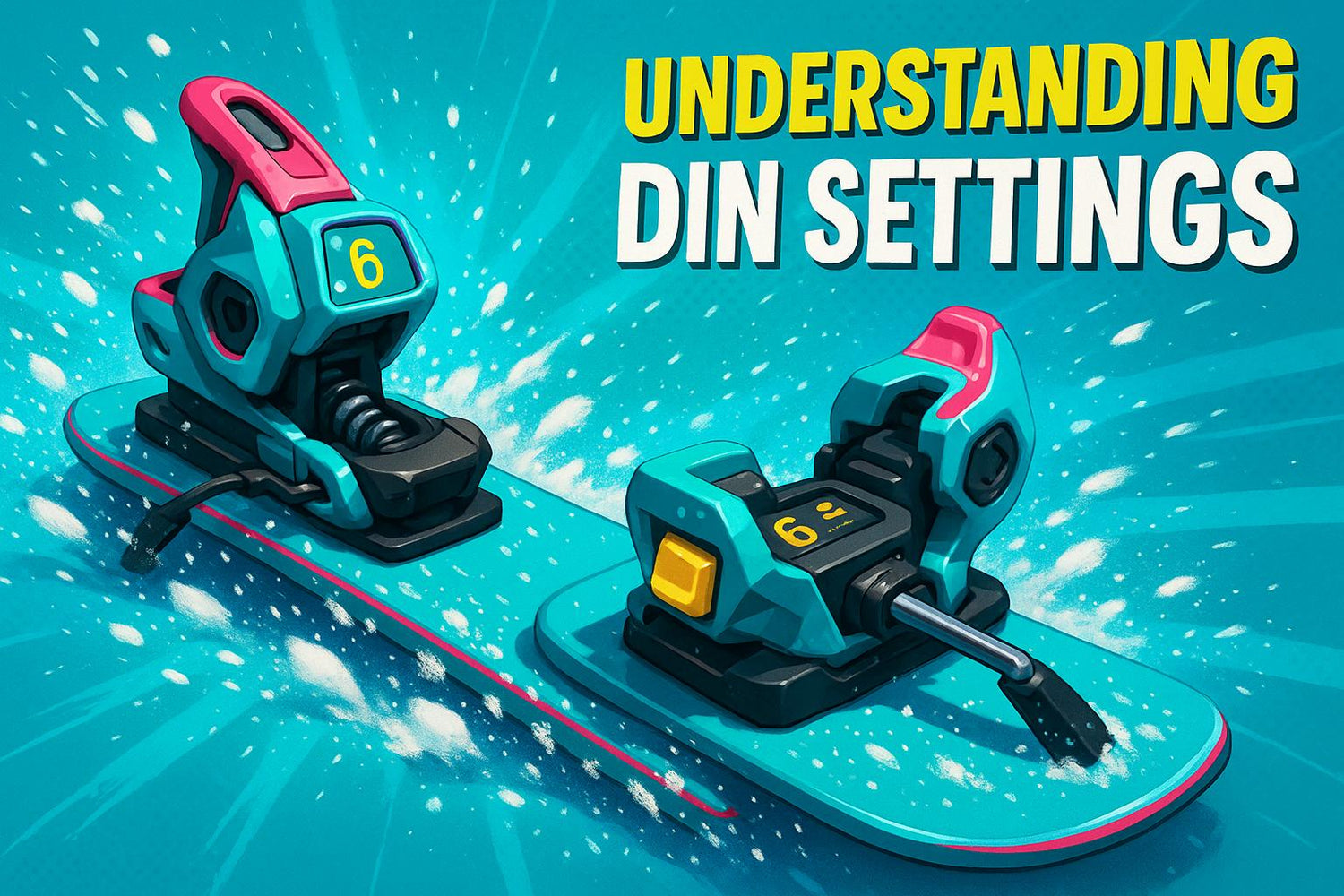
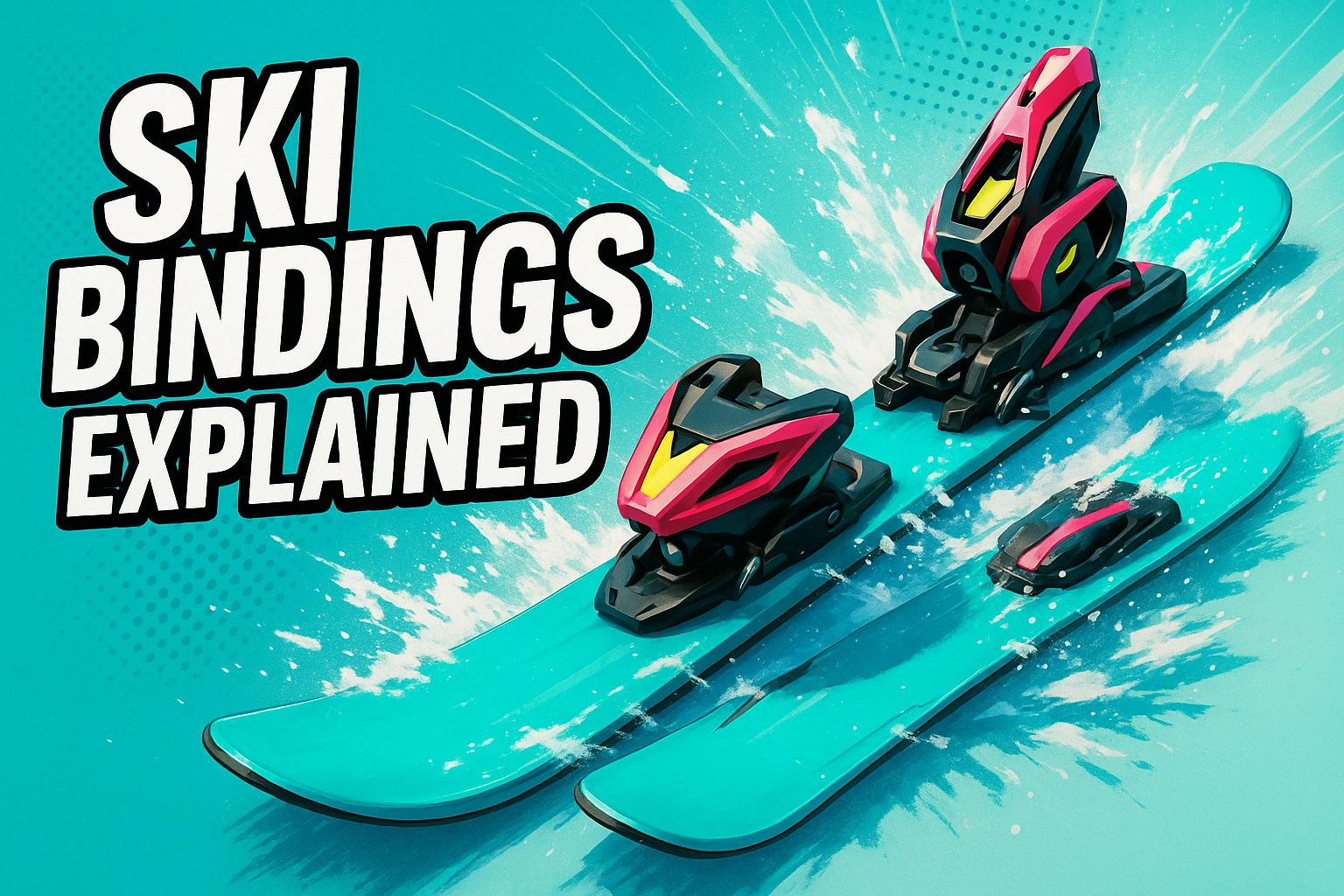
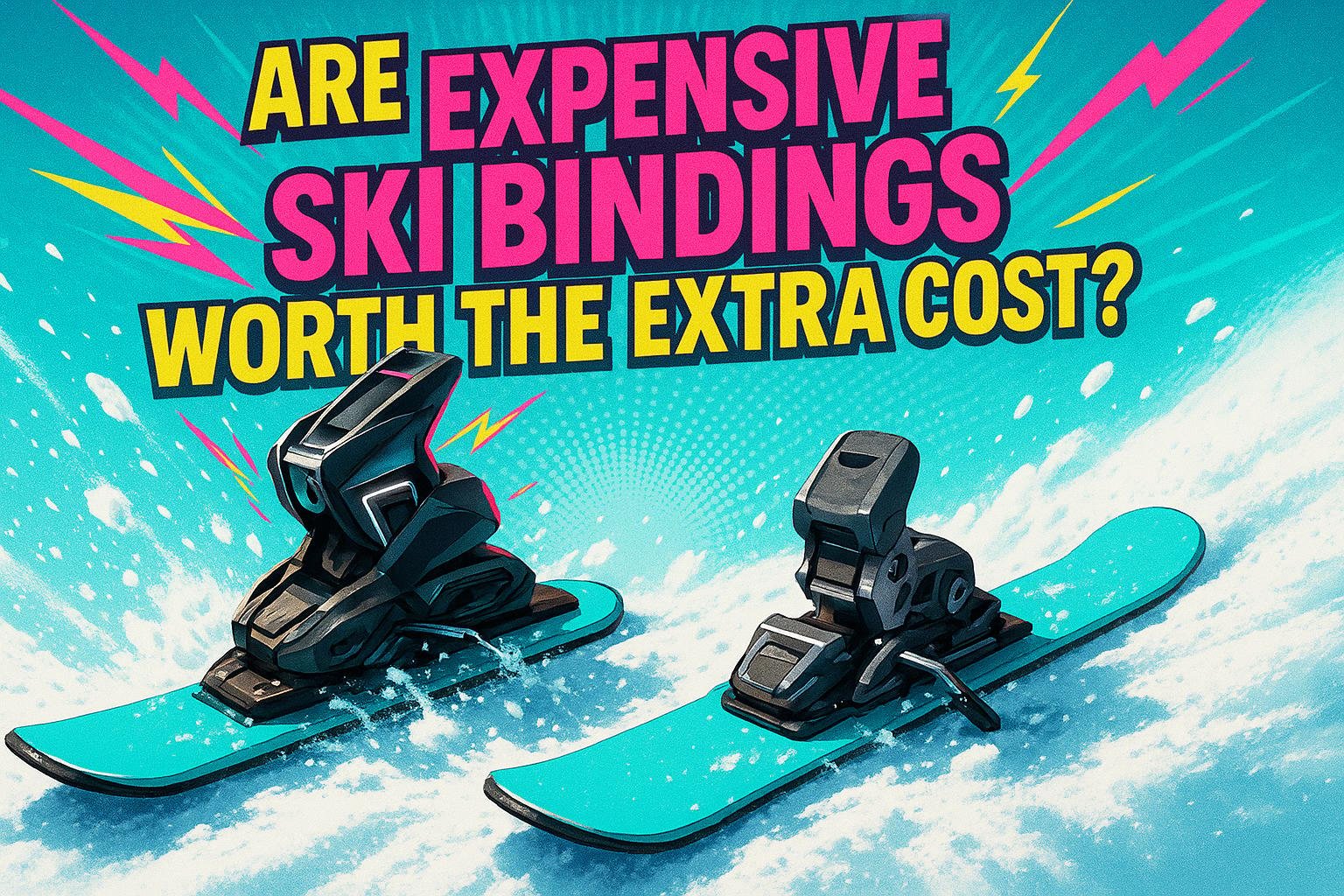




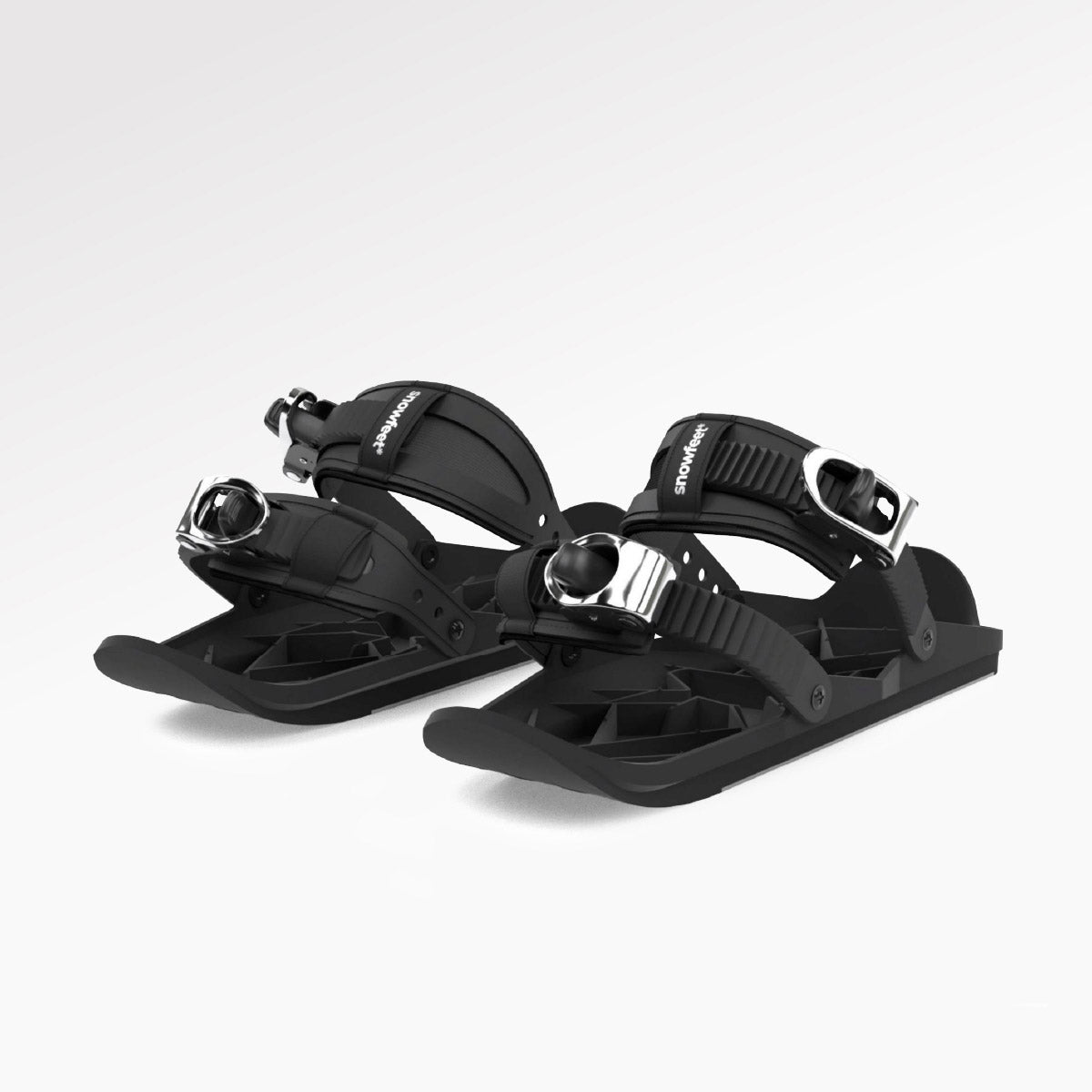
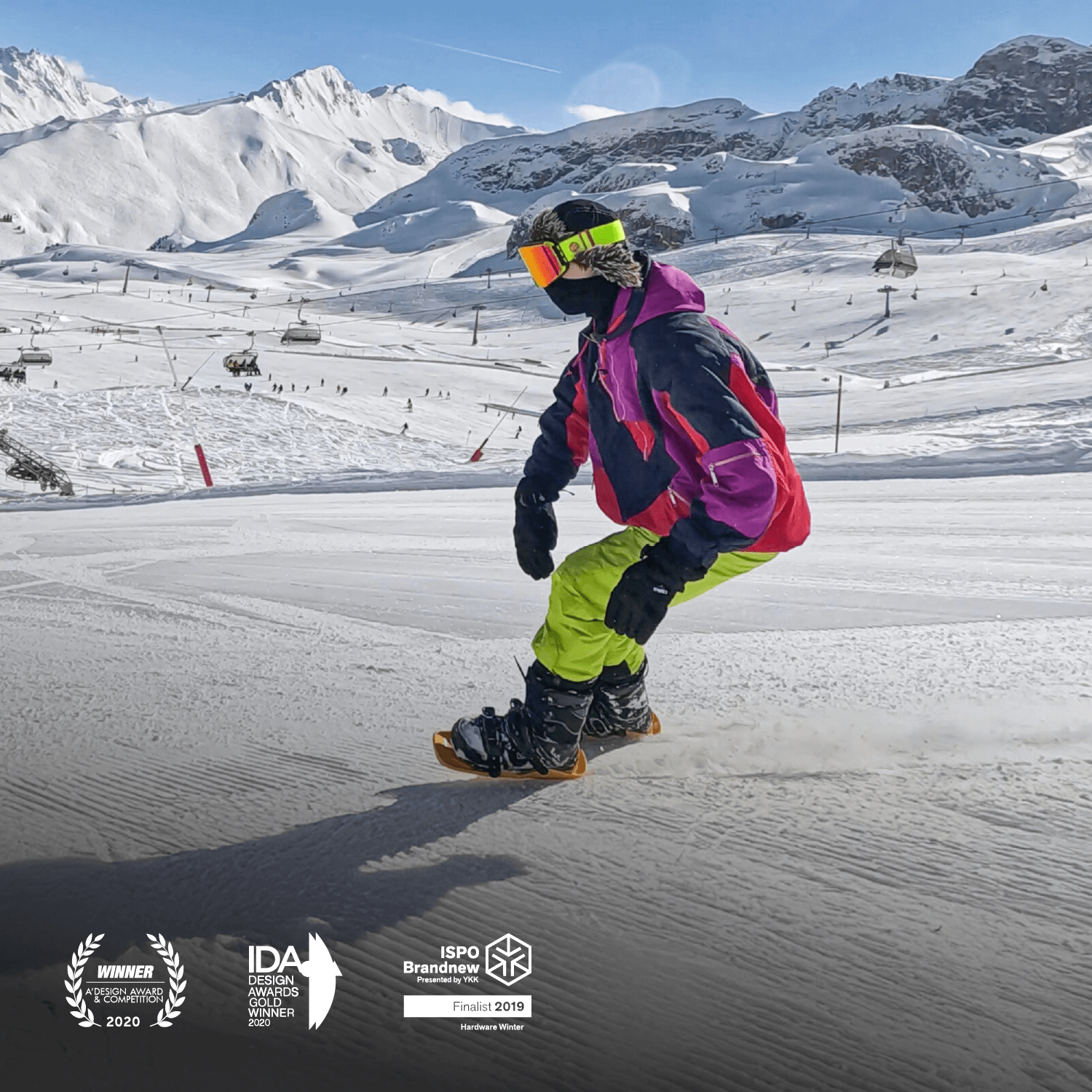




Leave a comment
This site is protected by hCaptcha and the hCaptcha Privacy Policy and Terms of Service apply.